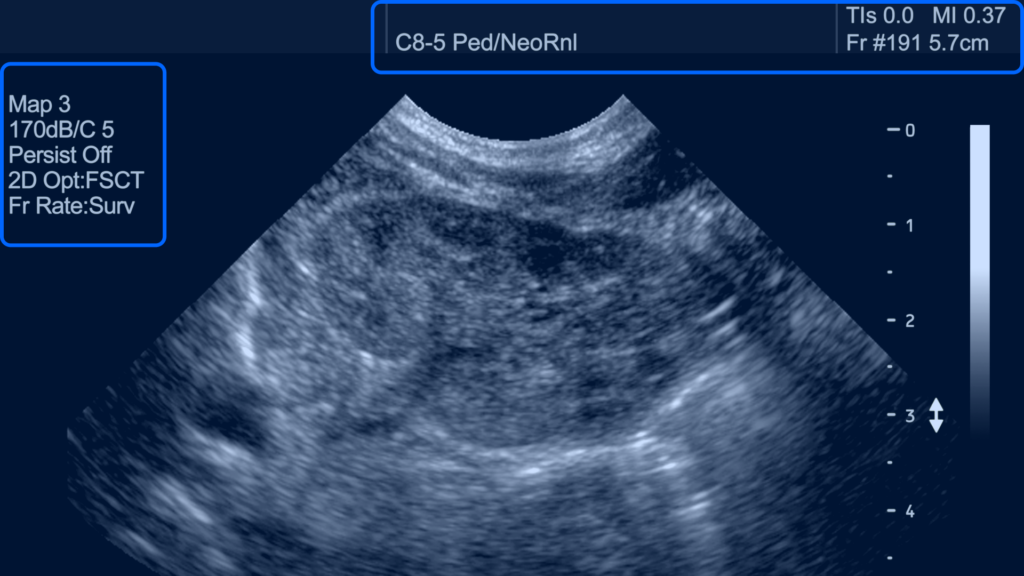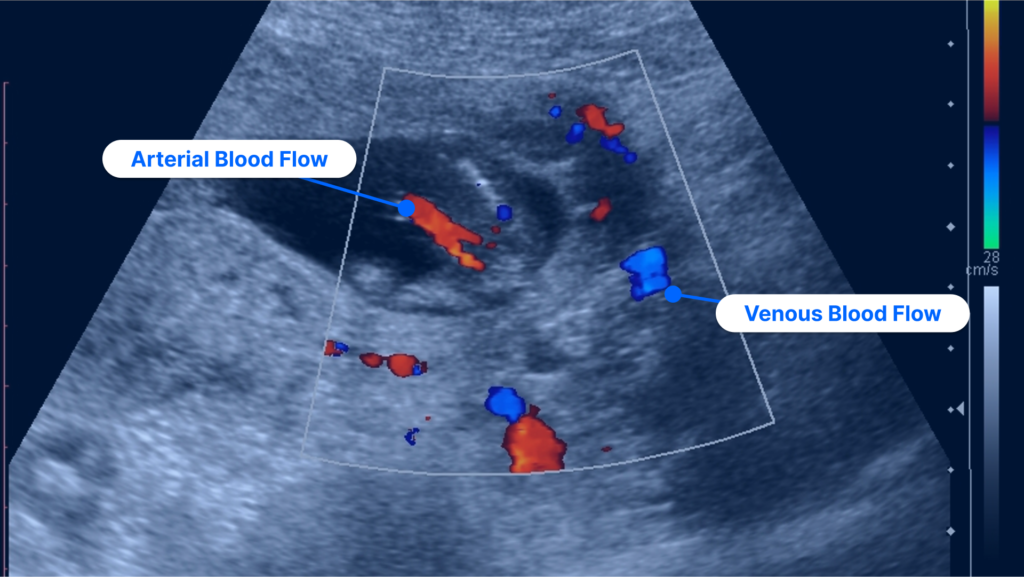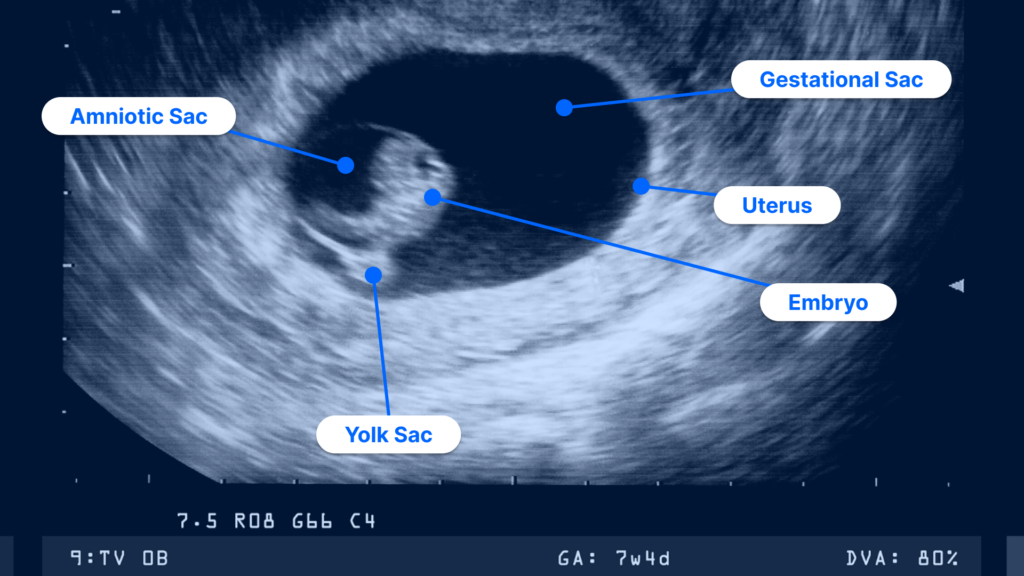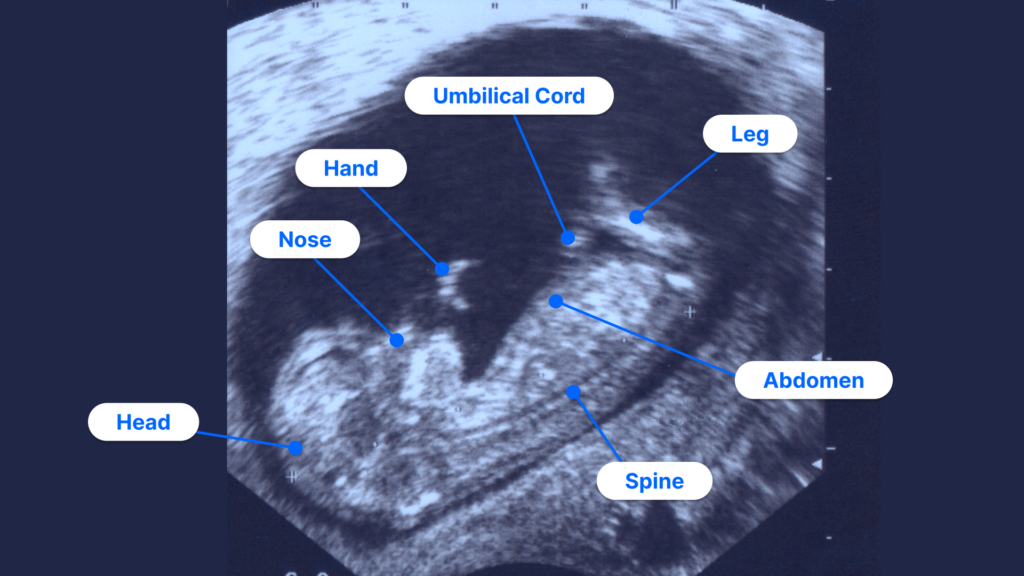Preparing for an MRI: What to Wear, What to Avoid and Other Tips
July 25, 2024
Read More
An ultrasound is a type of medical imaging test that uses high-frequency sound waves to produce medical images of the inside of your body, such as organs, muscles and other soft tissues. After an ultrasound examination, many patients often ask: “How do you read an ultrasound picture?” That curiosity is natural, especially if you might be an expecting parent, excited to check prenatal development, or a patient trying to visualize an injury to better understand the course of treatment.
It’s important to note, however, that your role as a patient isn’t to interpret your own images. That is done by a highly-specialized doctor, called a radiologist, who is trained to assess, diagnose and treat illness or injury using medical imaging procedures—like ultrasounds.
The radiologist reviews your images and then outlines their findings in a report, which is then sent to the physician who referred you for imaging in the first place. Access to that report is critical, alongside the original captured images.
If you’re still curious about how to read your ultrasound pictures, we’ve provided some tips to help you better understand what you’re seeing and how it relates to the radiologist’s report findings.
The following tips will explain the basics of what to look for and what it means.
Before reviewing any images, it’s important to first examine the findings in your accompanying radiology report, when available.
While reviewing your report is typically done with your doctor at a follow-up appointment, you can also get early access to your imaging results through PocketHealth, often as soon as they are released by the hospital or imaging clinic. PocketHealth’s Report Reader can also help you understand complex medical definitions in your ultrasound report, so you are better prepared for a follow-up conversation with your doctor.
However, there’s no substitution for professional medical advice. Access to your imaging results does not replace reviewing those findings with your referring physician during a scheduled appointment. This is a critical step because your healthcare provider interprets the results along with other scans or your overall medical history.
Now that you have a solid understanding of what your report shows, you can see how your ultrasound images support the radiologist’s findings.
It’s important to note upon first glance of an ultrasound image, you’ll notice numbers and acronyms at the top of your ultrasound picture. These don’t have anything to do with the contents of your image. Instead, they’re used by the hospital or imaging clinic to identify each patient and record the ultrasound equipment settings used, along with any other hospital or clinic-specific information they collect.

Ultrasound image of a newborn’s right kidney in the sagittal plane. The information in the blue boxes is collected by the hospital or imaging clinic for administrative purposes only.
This is possibly the most challenging aspect of reading an ultrasound since it’s not always clear what exactly you’re looking at. Ultrasound images appear in gradients of black and white which can be tough to distinguish, and certain organs or body parts can be easily mistaken for others.
It’s important to remember that with most ultrasounds (excluding transvaginal ultrasounds), you are looking at a mirror image. In other words, the left side of the image shows the left side of the body part, and the right side of the image shows the right side of the body part.
Most ultrasound images have a cone-like shape: the narrowest end of the cone is the top of the image, where the ultrasound probe was first placed on the body. Start your review there. Much of the topmost section will be gray, representing layers of tissue. Below, where the image widens out into a fan shape, is the area of the body that the ultrasound was scanning for—and the reason you had the appointment in the first place.
The ultrasound probe, also called a transducer, sends high-frequency sound waves into your body through a sound-conducting gel. The sound waves bounce off your internal structures, whether liquid, soft tissues or bone, and the ultrasound machine converts the collected sound waves into images in shades of black, white and gray.
The intensity of the shade you see represents the density of the structure the sound wave encountered.
Black in an ultrasound image represents liquid, like amniotic fluid or a fluid-filled cyst. Most sound waves pass through fluid-filled areas, with only a small amount reflected back, making the area appear black.
White represents very dense structures like bone or kidney stones. Sound waves directed at bone easily reflect back, appearing bright white on the ultrasound image.
Gray in an ultrasound represents different types of tissue. The darker the gray, the denser the tissue, since only some of the sound waves are reflected back. Lumps or masses typically appear as dark gray spots on an ultrasound.
Most ultrasound images are only black, white and gray. However, if you have a Doppler ultrasound, you may also see colors in your image. A Doppler ultrasound captures images of the direction and speed of blood flow in your vessels. Here’s a breakdown of what those colors mean:

Doppler ultrasound image capturing blood flow in the placenta during a prenatal ultrasound screening.
During your ultrasound, the technologist, sometimes called a sonographer, will adjust the ultrasound machine settings and probe angles to get the best image possible. Depending on your situation, you might even receive a contrast agent. Changing settings and angles provide different views, while the contrast agent improves the quality of your images. The following terms describe visual effects in your ultrasound images:
Attenuation is the reduction of signal intensity from the probe, producing a shadowy effect that makes the area look darker. This helps the radiologist clearly distinguish between different types of tissue.
Enhancement refers to the efforts made to improve ultrasound images.
Anisotropy is an image artifact, meaning a spot or feature in the ultrasound image that is introduced by accident and does not exist in the tissue being scanned. Such image artifacts disappear when the angle of the probe is changed.
Many parents and family members are excited to examine pregnancy ultrasound images and check the progress of the baby’s development. All the above tips still apply, but there are also a few additional things to look for in your fetal ultrasound image.
The uterus will be a clear, dark, pear-shaped section in the ultrasound image. What you can see in a pregnancy ultrasound will depend on how far along you are in your pregnancy. For instance, you might see the yolk sac in early pregnancy ultrasounds, but it is gradually absorbed by the embryo and disappears before the second trimester.

Ultrasound image at 7 weeks pregnant shows the embryo and the amniotic, gestational and yolk sacs within the uterus.
Since ultrasounds use sound waves instead of radiation to create images, they are widely used to monitor fetal growth and progress, as well as measure gestational age and confirm if there’s sufficient amniotic fluid. The development of the fetus will change dramatically during each trimester of pregnancy.

Ultrasound image of a fetus at 11 weeks pregnant (first trimester).
In a pregnancy ultrasound image, you’ll see letters and numbers, typically listed down the side or along the bottom of the image. These are measurements recorded by the ultrasound technician to assess fetal development. Here’s a list of some of the most common measurements:
There may also be other fetal measurements taken to identify abnormalities during certain weeks of pregnancy. For example, the Nuchal Translucency measurement (NT) is taken late in the first trimester and measures the amount of fluid behind the embryo’s neck to assess the risk of chromosomal abnormalities like Down syndrome.
Typically, it takes less than a week for your referring physician to receive your ultrasound results. As with other medical imaging procedures like X-rays and CT scans, the technician forwards your ultrasound images to the radiologist.
The radiologist will interpret the images and send them and an accompanying ultrasound report to your referring physician. Then your doctor will discuss the results with you in a follow-up appointment.
The exact timing depends on several factors, including the complexity of your ultrasound, the schedule at the imaging clinic or hospital or the need to have further imaging to clarify your results.
Ultrasound reports are full of complicated medical interpretations and terminology. PocketHealth’s Report Reader provides easy-to-understand definitions for complex medical terms so that you can be more fully informed.
MyCare Navigator highlights any follow-up recommendations your report might contain and provides personalized questions to ask your doctor so that you can have more thorough conversations at your follow-up appointment.
The more you understand, the more focused and confident you can be in conversations with your healthcare team and the better you can advocate for your health going forward.
Learn how to use PocketHealth to securely access, better understand and share your ultrasound scan results.